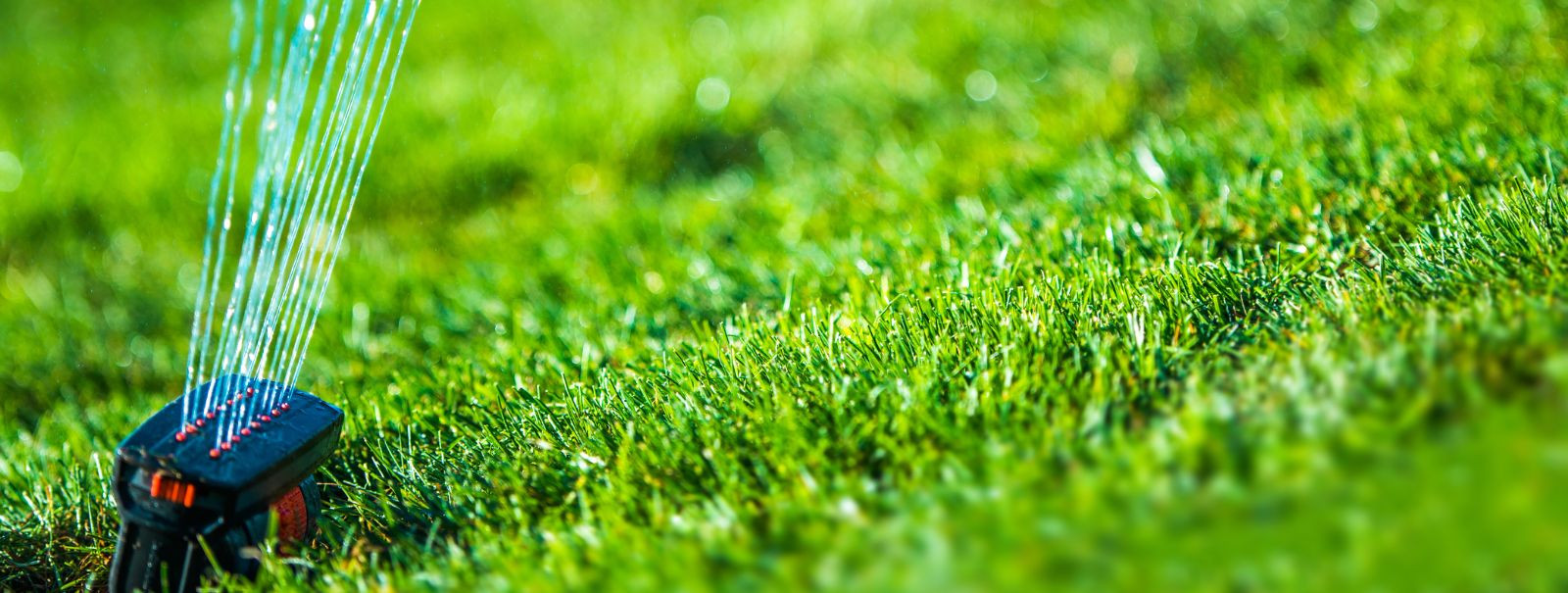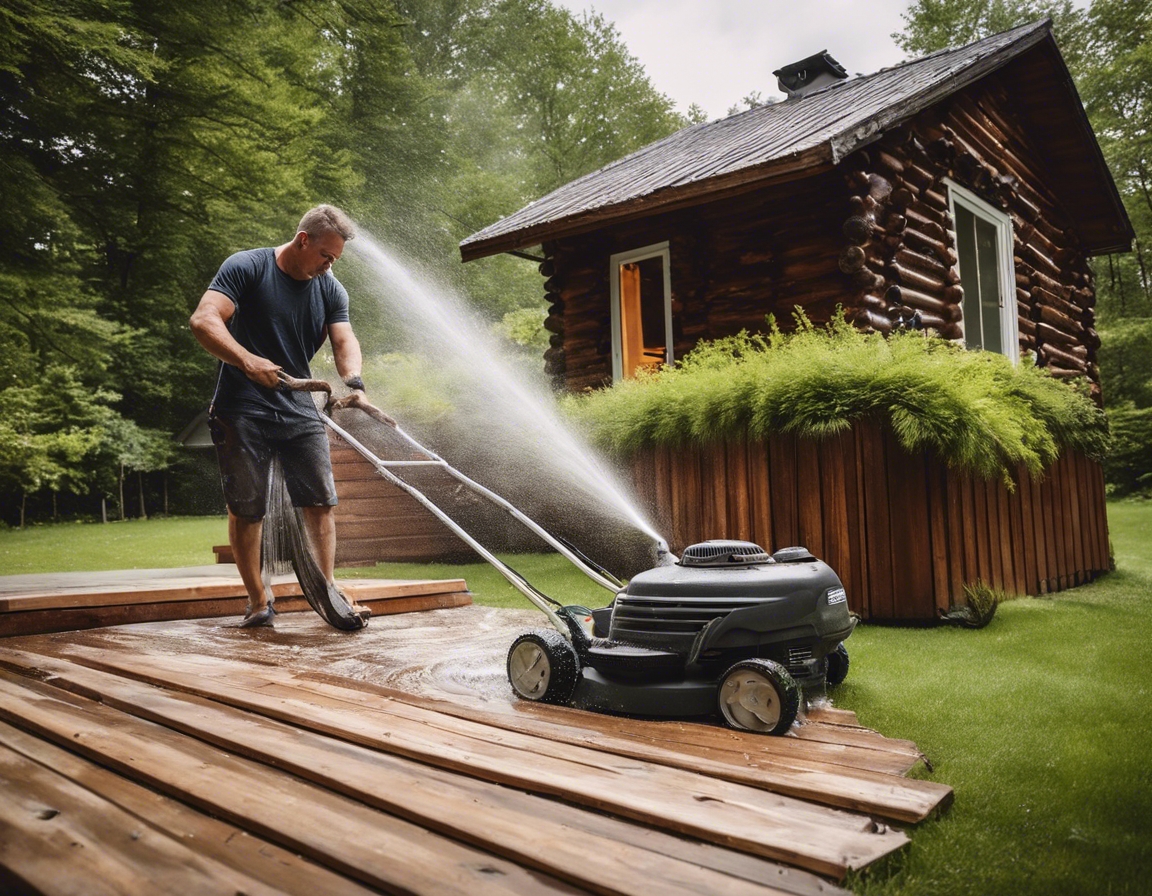The ultimate guide to lawn maintenance through the seasons
Maintaining a lush, healthy lawn throughout the year requires an understanding of the seasonal challenges and the appropriate care strategies. In Estonia, where the climate can vary significantly from season to season, it's essential to adapt your lawn maintenance routine to ensure your outdoor space remains vibrant and robust.
Spring Lawn Maintenance
As the snow melts and the ground thaws, it's time to evaluate the condition of your lawn. Look for areas of damage from snow mold or rodent activity, and plan for necessary repairs.
Clear away leaves, twigs, and other debris that have accumulated over the winter. This will allow sunlight to reach the grass and prevent disease.
Aerating your lawn helps to alleviate soil compaction, allowing roots to breathe and absorb nutrients more effectively. Overseeding can fill in bare spots and improve the overall density of your turf.
Early spring is the ideal time to apply a balanced fertilizer to encourage growth. Pre-emergent weed control can also be applied to prevent weeds from taking hold.
Begin mowing once your grass reaches the recommended height for its species. Watering should be done deeply and infrequently to encourage strong root development.
Summer Lawn Care Essentials
During the hot summer months, it's crucial to monitor your lawn for signs of heat stress, such as wilting or discoloration. Adjust your watering schedule to provide extra hydration during periods of drought.
Continue to mow regularly, but adjust the blade height to leave the grass slightly longer, which helps to retain moisture and protect roots from the sun.
Be vigilant for signs of pests or disease. Quick identification and treatment can prevent widespread damage to your lawn.
Use water-efficient irrigation methods, such as drip systems or soaker hoses, to minimize waste and ensure your lawn receives the water it needs.
Autumn Lawn Preparation
Regularly remove fallen leaves to prevent matting and mold growth. Alternatively, mulch the leaves to provide nutrients to the soil as they decompose.
Conduct a soil test to determine the nutrient needs of your lawn. Apply a fertilizer formulated for autumn use to prepare your lawn for the colder months ahead.
Reduce watering as the weather cools and prepare your lawn for the first frost by continuing to mow until the grass stops growing.
Winter Lawn Protection
Avoid walking on your lawn when it's frosted or dormant to prevent damage to the grass blades.
Use snow fences or other barriers to prevent snow from piling up in certain areas, which can lead to snow mold and other issues.
Winter is an excellent time to plan for spring maintenance. Consider any changes or improvements you'd like to make and schedule services in advance.






Comments (0)